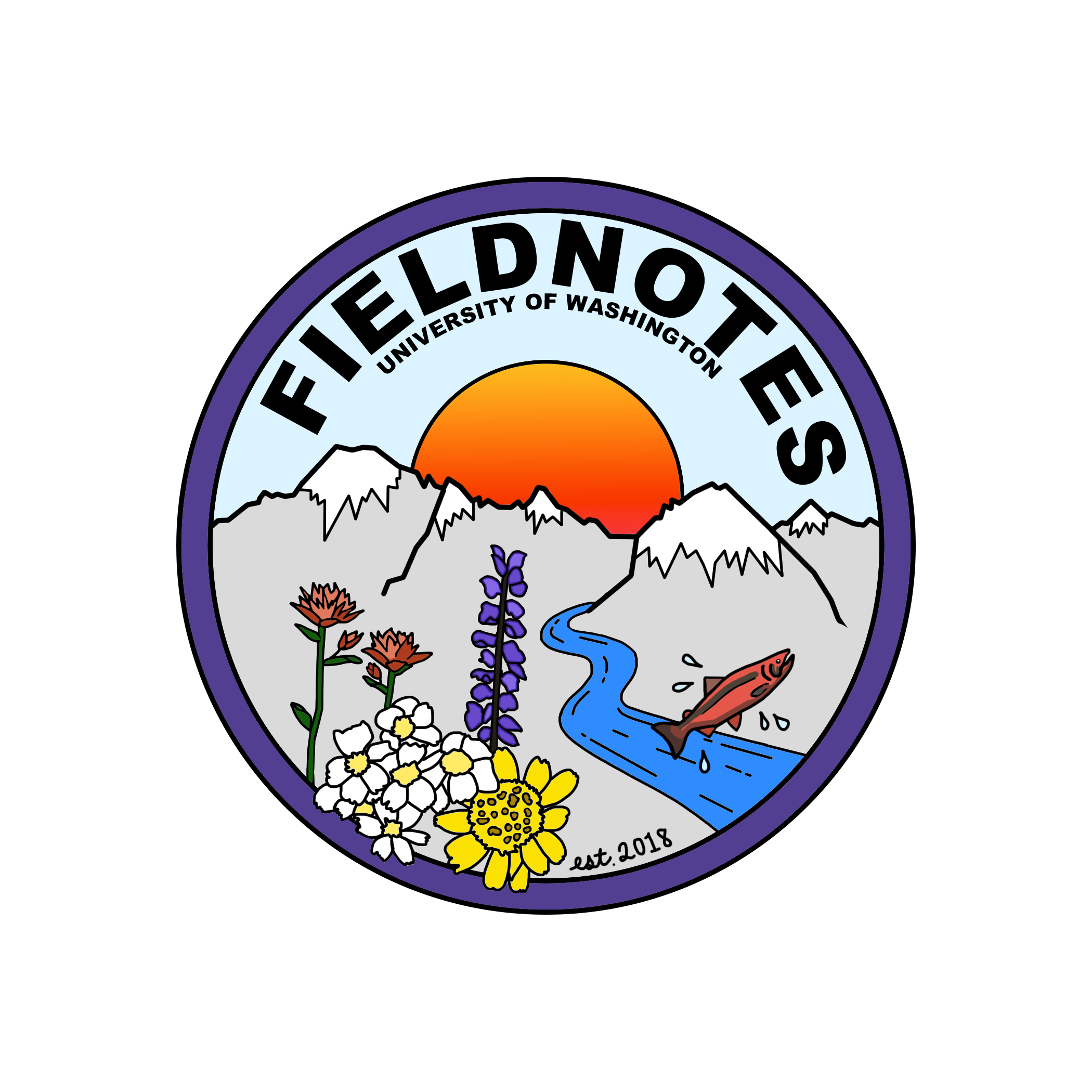Identification Apps Foster Landscape Knowledge, Citizen Science
By Lissa Raylin Brewer
Springtime is here in the Pacific Northwest, and with my morning laps around the neighborhood come the bright, familiar colors of rhododendrons and tulips. Tiny wildflowers bloom between cement cracks and beside mailbox posts. Oversized leaves and thorn-filled bushes reflect the sunlight, carrying drops of morning dew. Years ago, if I wanted to know the names of unfamiliar plants, I might have carried a thick field guide, flipped through dusty pages in hopes of a match. Or typed a set of clues into a search engine. Instead, I stop along the sidewalk and take a snap. In seconds, almost any tree or flower can be identified by a handful of apps – complete with Latin name, history, and care instructions. One app, Picture This, advertises more than 450,000 global species, studied for more than five years by eighty scholars. Many “identifying” apps like it appear each week.
Interactive encyclopedias exist for beginning insect identifiers, rock hounds, and even coin collectors, drawing on artificial intelligence and vast libraries of research – and ready to go for neighborhood walks. Designed with beginners in mind, Merlin ID, a bird identification app developed by the Cornell Lab of Ornithology, sources data from six continents. It asks questions about a bird’s color, size, and behavior before drawing upon more than 750 million observations to show the most likely species depending on location and seasons.. The source of the data is eBird, a citizen science project which lets experts and birders alike collect and contribute their findings. iNaturalist, a joint initiative of National Geographic and the California Academy of Sciences, takes the citizen science concept even further, incorporating user feedback and discussion in addition to automated identification.
For some, these digital field guides have inspired new hobbies, especially in a year of social distancing. Whether you’re snapping images from a city street, community garden, or National Park, identification apps offer accessible vocabulary as well as the possibility to be helpful for pest control and land management. But how about their accuracy? On a recent hike, I noted that one app tagged a windswept hemlock as a Monterey Cypress, a tree that doesn’t grow in Western Washington. A recent study from Rutgers University found that the algorithms of popular tree identification apps varied in accuracy by detail and image quality. The programs studied were more effective in identifying leaves than bark. Many apps did have moderate to high success rates, though researchers noted they should not be a replacement for traditional field identification.
Inaccuracy can carry risks, for example if one were to misidentify a plant which is an invasive species. For casual observers, though, that level of accuracy may be just enough, a prompt for further exploration or neighborhood chat. Critics claim technology distances us from the outdoors, but these apps just might be a way to reconnect.

